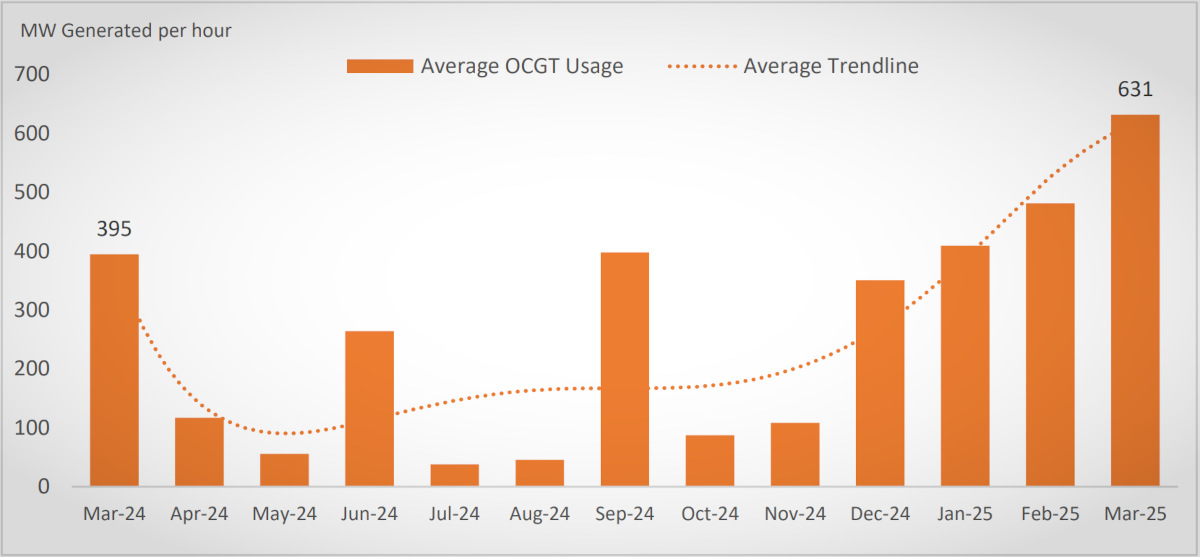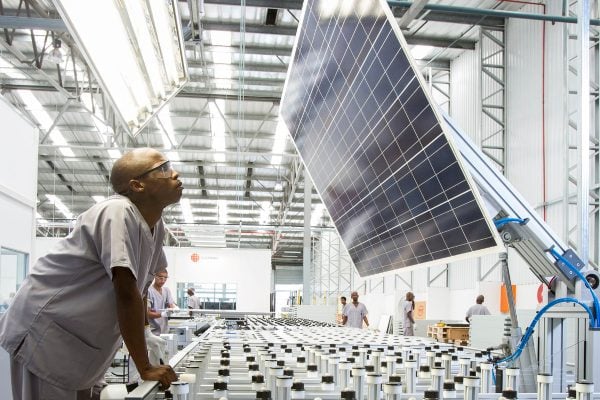Winter load-shedding warning

Several experts, including the Centre For Risk Analysis (CRA), energy expert Chris Yelland, and the Minerals Council South Africa, have raised concerns over a heightened risk of load-shedding this winter.
The CRA recently published a client note advising businesses to prepare for the possibility of load-shedding this winter. The note cited the recent rise in unplanned outages as a significant concern.
Although Eskom has been carrying out maintenance at key power stations, it experienced several generation unit breakdowns in February and March 2025.
The CRA said the rise in unplanned outages, combined with a decline in Eskom’s energy availability factor, points to a heightened risk of load-shedding as demand increases in the winter months.
It notes that although Eskom recently added 800MW of capacity to the grid at Kusile Power Station, and it expects a further 800MW to be added by the end of April, the resilience of some of its generating units remains low.
The CRA also noted that the state-owned power utility recently warned that a loss of 800MW in generating capacity could trigger Stage 2 load-shedding, highlighting the instability of its generation capacity.
It warned that unless the unplanned outage trend is reversed, the risk of load-shedding this winter will increase significantly.
Speaking to eNCA, CRA executive director Chris Hattingh said he hopes Eskom’s focus on planned maintenance will allow it some leeway in the winter months.
“I hope, given what happened last year, that Eskom has continued that trendline this year. Because they take more of their plants offline in the summer months, it gives them more space in the winter months,” he said.
He added that he hopes Eskom’s support for power station managers will continue in 2025, as it helps them address issues specific to their facility.
EE Business Intelligence managing director Chris Yelland also recently warned that South Africa will likely experience some load-shedding this winter if Eskom can’t significantly increase its EAF.
“EAF has been pretty flat for the year to date, averaging 58.85%, which is much lower than forecast in the Generation Recovery Plan,” said Yelland.
He added that, in the past two weeks, the EAF dropped below the figure reported for the same period in 2024.
“If this trend continues and the EAF does not significantly increase as demand increases with the onset of colder weather, we are likely to experience some load-shedding,” said Yelland.
Eskom burning more diesel

The Minerals Council South Africa recently published an electricity update for the period from 1 February to 31 March 2025, describing the system as constrained.
In March, the average demand for the month stood at 22,509MW, while Eskom’s dispatchable generation averaged 22,357MW, necessitating a total of 55 hours of load-shedding.
“The strain in terms of breakdowns that necessitated load-shedding to replenish emergency energy reserves is also reflected in the usage of the Open Cycle Gas Turbines (OCGTs),” it wrote.
“March saw the highest average utilisation of the OCGTs since the worst of load-shedding in 2023.”
According to the Minerals Council’s data, Eskom generated an average of 631MW per hour by burning diesel in OCGTs in March 2025, representing a marked increase over OCGT usage in the previous three months.
It is also significantly higher than the average of 395MW generated per hour through OCGTs in March 2024.
“While there is notable progress in electricity generation, transmission, and distribution reforms, Eskom remains under pressure to stabilise its existing generation capacity and improve the reliability of its coal-fired fleet,” the Minerals Council wrote.
“However, as the country approaches the winter months, Eskom has not flagged any immediate concern.”
































